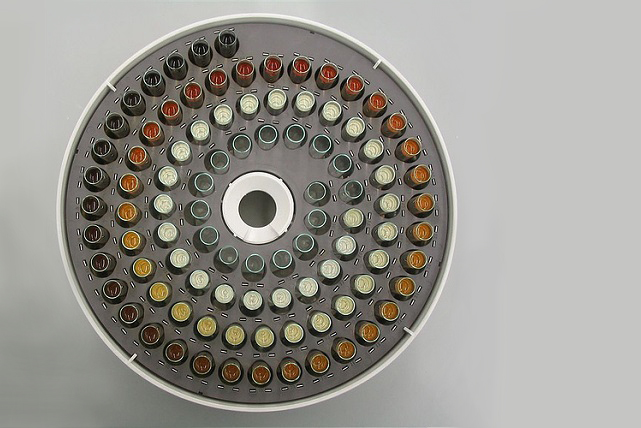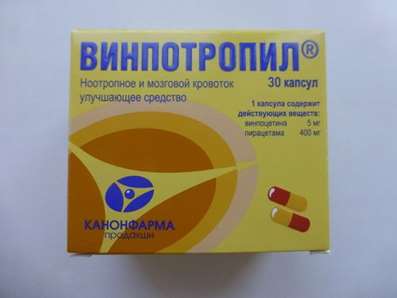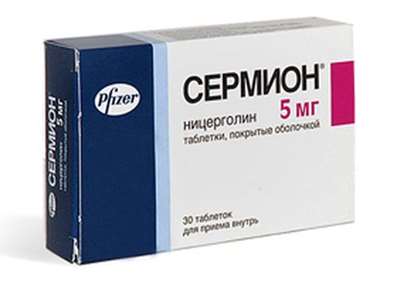FAQ: NMR of Biomolecules
15 Nov 2016
7 facts about the possibilities of NMR to study biomolecules
Just a few years after the NMR method has established itself as a powerful tool for the study of simple organic compounds, the first attempts to measure the spectrum of the protein were performed. The first work relates to the 1957-th year, and the spectra were obtained at the time, of course, little information. Since then, for little more than half a century, the NMR spectroscopy of biomolecules has come a long way, becoming second only to X-ray crystallography, a method for determining the structure of proteins, the key experimental method for studying the dynamics of biomolecules and to gain a leading position in the field of rational design of new biologically active compounds.

- 1.Protein, which was measured for the first NMR spectrum was ribonuclease A. The spectrum is a simple set of "mounds", from which no structural or other useful information at the time to get it was not possible. 20 years later, in the late 70's, it was already created a powerful methodology for the Fourier NMR spectroscopy, and the first two-dimensional NMR spectroscopy methods. Creating a two-dimensional spectroscopy techniques enabled the real powerful impetus to the study of complex compounds, such as proteins and nucleic acids. Of course, the main contribution to the development of this area belongs to the Nobel Prize winner, the Swiss scientist Richard Ernst. several complementary techniques such as the so-called NOESY spectroscopy were created, that is, the nuclear Overhauser effect spectroscopy (Nuclear Overhauser Effect) - a method to detect the internuclear contacts. If protons are close together in space, in such a two-dimensional spectrum shows cross-peaks in the positions corresponding to the two interacting protons through space.
- 2.Two-dimensional spectra of the COSY, the so-called correlation spectroscopy: If protons interact with each other through the valence electrons in the system, having a non-zero constant spin-spin interaction, ie they are not separated by more than three chemical bonds from each other, that we in this spectrum we see corresponding cross peaks. And also it created a number of complementary techniques, for example, TOCSY - for detecting all protons belonging to the same amino acid residue protein. It turns out that if we analyze the two-dimensional spectrum of a relatively small protein with a molecular weight of, say, up to ten thousand Daltons, these techniques COSY, TOCSY and NOESY able to give us sufficient information to classify the signals, that is, to identify each of the protons of the protein. Such information that we obtain from these spectra, it is sufficient to calculate the structure of the protein. In 1983, a group of scientists under the leadership of Nobel laureate Kurt Vyutrih first structure is a relatively small protein has been calculated, but it was a breakthrough - until that time the only way to determine the structure of biomolecules was X-ray crystallography. Finally, there was an alternative method. Firstly, this method allows to determine the structure of the solution, rather than in the crystal and, secondly, the physical basis of this method is fundamentally different from the X-ray analysis.
- 3.Further NMR methodology has become quite rapidly. It has been found that very useful information for studying biomolecules can provide not only protons and heavier nuclei, for example, such as carbon-13. Its natural content is relatively small - about 1%, but it is possible to grow a protein enriched isotope carbon-13 medium and thus to increase the magnetic content of the active carbon isotope to almost 100%. The same applies to the nitrogen-15 isotope, a natural content of which is still three times less. Preparation of labeled stable and magnetically active isotopes C-13 and N-15 proteins techniques has created a so-called heteronuclear spectroscopy, that is, the spectral correlation of these techniques heavy nuclei carbon or nitrogen and protons associated with them. And, finally, the combination of classical methods TOCSY, COSY and of NOESY, which are mentioned above, heteronuclear methods allowed to establish methods of multidimensional NMR spectroscopy. For example, in a three-dimensional (3D) spectroscopy data spaced along three axes: one axis of the heavy nucleus (nitrogen-15 or carbon-13), second - proton bound a chemical bond with the heavy nucleus, and the third axis - any other proton interacting with the previous through space or through a spin-spin couplin
- 4.These approaches helped establish the methodology to study not only capable of small proteins, as it was in the early development of the NMR spectroscopy of biomolecules, and proteins to the 20, 30 kDa and higher. Now the restriction on the molecular weight of the object being studied is rapidly expanding. In recent years, studies in which researchers from different countries publish data on reference signals of proteins or protein complexes up to megadaltonic size. This, of course, extremely expands the possibilities of NMR. Very important is the fact that NMR spectroscopy can not only get information about the structure - it quite successfully obtained by X-ray analysis, but you can get very valuable information on the dynamic properties of protein systems, and here the NMR method is unique. That is, we can get up to atomic resolution information on how, what characteristic frequencies, ie, how quickly and with what amplitude move certain pieces of the protein molecule. Moreover, these characteristic times movements are investigated and from picoseconds up to hours, i.e. until NMR spectroscopy in real time. To improve your mental ability – buy Russian nootropics – Cogitum, Semax, Cortexin, Phenotropil.
- 5.And finally, the third area, which is extremely important - it is the possibility of NMR method for monitoring the interaction of various molecules, for example, studying the interaction of small molecules with biomolecules. These biomolecules may be target proteins - ie those which are affected by one or another medication, and low molecular weight compounds may be drugs that we use, or those compounds which have the potential to become them. And because of the extremely high information content of the NMR method for determining the ability of small molecules to bind to proteins, this method has become a very rapidly developing in recent years in the application to search for drugs. There approaches called NMR screening, aimed at the identification of compounds, or even smaller molecular fragments future drugs that bind to the pocket or other protein target. And by NMR can be positioned a variety of molecular fragments, and then articulated them get pretty high-affinity compound that has the potential to be a good remedy.
- 6.Most major pharmaceutical companies since the late 90-ies of the XX century, and in the last decade, it happens quickly, it began to use the technique of NMR screening. Almost all of them, this methodology is widely used. If you look at a list of biologically active compounds, which are at a particular stage of pre-clinical or clinical trials, it appears that at least a third of them selected by the methods of NMR screening. It should be noted the two different directions of application of NMR to drug discovery. The first direction is associated with the identification of the most biotarget signals, that is, of a protein that is the target of the drug. Such protein must certainly be studied by NMR, in particular it should have received information on reference signals. And then there are a number of NMR techniques which allow to precisely position the binding pocket of low molecular weight compounds, potential drugs with the target protein. Methodology molecular fragments (fragment-based drug design, FBDD), using the information obtained by NMR for meaningful articulation of small molecular fragments into a larger molecule which has the potential to become a medicine.
- 7.The second area involves not obtain information about assigning NMR signals of the target protein. Moreover, such a protein can be extremely high from the standpoint of NMR and inconvenient to measure its spectra. But such a protein can be studied by NMR screening techniques. For this latter approach is used, based on the monitoring of the properties of low molecular weight compounds. It is possible by detecting a particular property of the low molecular weight fragment say that it binds or does not bind to biological target. By building in a reasonable manner, step-by-step scheme of the fragment structure changes and detecting the properties of binding to biotarget by NMR, we can approach the structure more effective compounds. Such a compound would in its properties approach for potential drug, i.e. have effective binding constant with target protein and other properties specific to the drug. Then, however, it needs to have a long way to his in-depth preclinical and clinical trials, but that's another story in which, however NMR methods occupy not the last place.

 Cart
Cart





